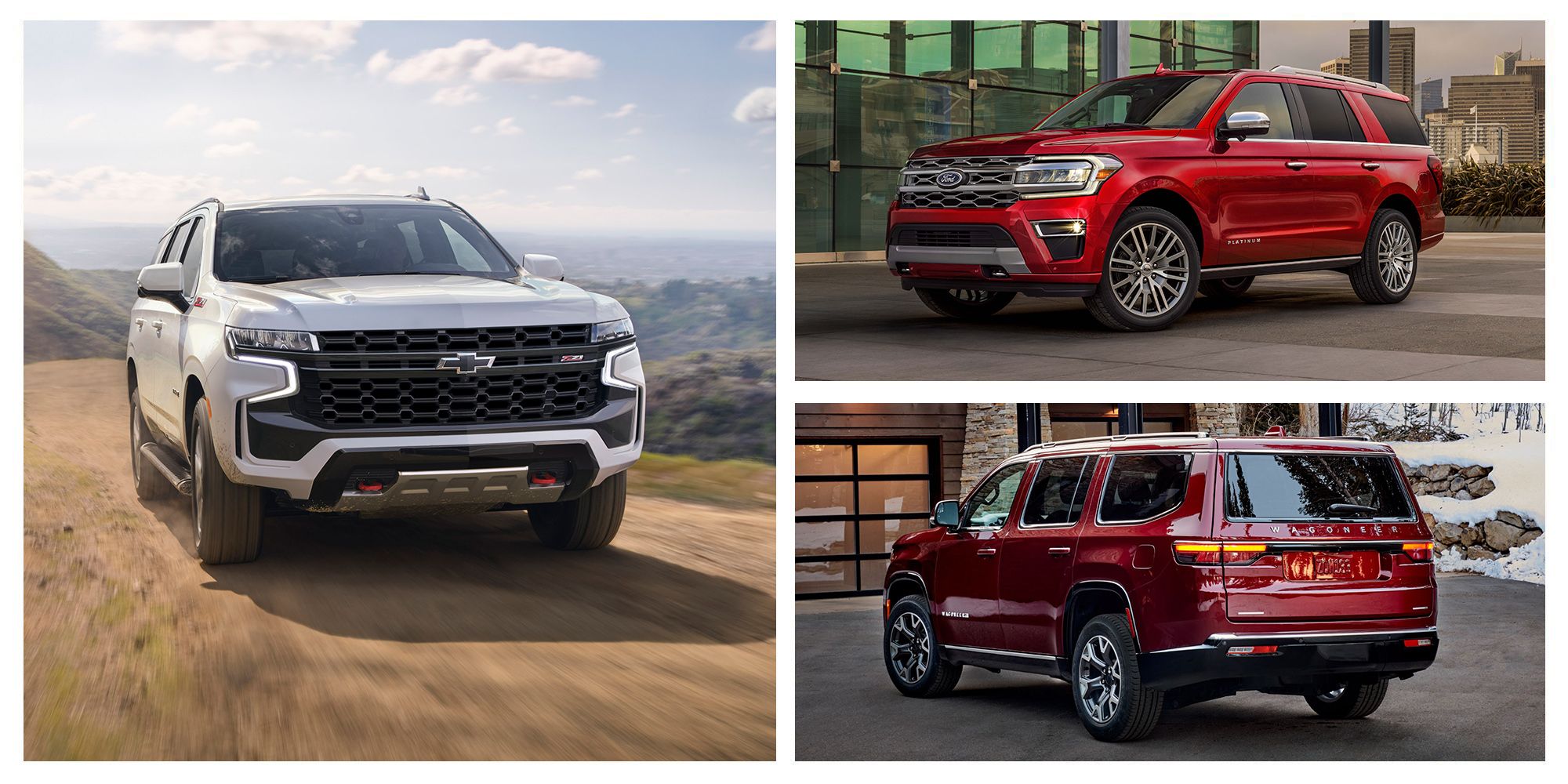
Is it true that big cars are safer than small ones? There is no exact answer to this question. But
there are statistics. The Indy Auto Man experts from Indianapolis analyzesedans for sale in the
automotive market of Indianad the indisedans for sale in the automotive market of Indianacators
and shared their conclusion about which cars can be considered the safest.
The Bigger the Car, the Safer, Isn’t It?
IIHS motor vehicle crash deaths statistics in Indiana show that the highest fatality rates are among drivers of compact models (cars 39%, pickups and SUVs – 26%, large trucks – 2%).
Why?
The heavier the car, the greater its momentum. From a school physics course, we know that kinetic energy is equal to the product of half the mass and the square of the speed.
With an increase in weight, the vehicle becomes safer. If we take into account that a large pickup truck, and even a loaded one, is 2.5 times heavier than a passenger car, then it is almost four times safer.
Safety in an accident is also affected by the location of the center of gravity. The lower the car, the less damage it receives in an accident since fewer forces impact it. So those who want to buy the safest car, should consider one of the large, heavy sedans for sale in Indiana.
What Crash Tests Say
A key factor in surviving the accident was safety systems, which have evolved to a level never seen before. It is enough to turn to modern crash tests. Modern cars overcome even the toughest collisions.
However, the crash test is carried out under artificial conditions and simulates an “ideal” accident with the most accurate collision. But it also happens that the Jeep Grand Cherokee collides with some Ford Fiesta. Unfortunately, even today’s rigorous crash tests can’t show the weakness of the design in front of another car – the programmable deformation zones do not match. So even if the manufacturer claims that its tiny hatchback is not inferior in safety to a full-size SUV, this is not entirely true.
Can a Small Car Be Safer than an Off-Road Vehicle?
Safety standards, designs, and technologies continue to evolve. Therefore, those who buy a small city car with high MPG can get better driver and passenger protection than those driving an old SUV.
Passive Safety of Modern Cars
Currently, cars have much more complex passive safety systems. The basis of passive safety systems is the front-controlled crumple zone, which absorbs the impact momentum. Its elements stabilize the body position and provide comfort, as well as transmit vibrations and gravitational loads.
Nowadays, most of them are made from modern foams, such as, for example, EPP. This material is used, in particular, for the manufacture of elements that dampen and cover the radiator, as it perfectly absorbs shocks. In addition, it is quite durable, so it does not crumble into pieces but only temporarily deforms. It can also be found in car interiors. It is used to make head restraints that stabilize and protect the cervical spine. Supports body position when installed in headrests and seats. While the door filling made from it effectively suppresses side impacts. Ceiling and floor cladding elements are also made of expanded polypropylene. Footrests made of this material provide a comfortable position for the legs while driving.
Braking
A small car will have a short stopping distance because the inertia force depends on the mass. The total weight of a car with four passengers will be much less than that of an SUV with one driver. Therefore, the risk of getting into an accident for a driver of a light car will be lower because it is easier to slow down and stop predictably earlier.
Overtaking
When overtaking on a country road, a heavy vehicle will take longer to accelerate. It also needs more space to return to its lane. In contrast, it is much easier for a driver in a light car to start and finish overtaking.
Moreover, small cars can boast better handling, which sometimes allows for avoiding dangerous situations. Ease of maneuvering or parking can be a considerable advantage for less experienced drivers. For example, a ten-year-old big car has a less robust design that provides worse driver and passenger protection in the event of a rollover. In addition, it may not have modern electronics and the ESP system. This solution was included in the mandatory equipment of cars only in 2012.
At the end of the day, safety is based primarily on the drivers’ skills and level of concentration, so both big and small cars can be safe. But in an accident, a modern sedan is more reliable than an outdated SUV, and if we compare the vehicles of the same year, the bigger one will be safer.
